Junuk Cha
About Me
My name is Junuk Cha, and I graduated from the combined MS/PhD program affiliated with the Artificial Intelligence Graduate School (AIGS) at UNIST as part of the UVL Lab, where I am adviced by Prof. Seungryul Baek. I obtained my BS (2021) degree from the Dept. of Mechanical Engineering at UNIST.
Email:
- Official: junukcha@kaist.ac.kr
- Personal: junukcha@gmail.com
Research Interests
- Computer Vision and deep learning.
- 3D human body pose estimation, 3D human body mesh reconstruction, 3D motion generation.
- Action recognition and clothed human mesh reconstruction.
- Text-guided 2D image editing.
- Audio-driven talking head synthesis.
Experiences
- Post-doc at KAIST, Daejeon, Republic of Korea (Aug. 2025 - Present)
- Human motion generation & Embodied AI
- PI: Tae-Hyun Oh
- Post-doc at KETI, Pangyo, Republic of Korea (Mar. 2025 - July 2025)
- Sign Language Fingerspelling Recognition
- PI: Han-Mu Park
- Research Intern at Inria, Nice, France (Sep. 2024 - Nov. 2024)
- EmoTalkingGaussian: Continuous Emotion‑conditioned Talking Head Synthesis (arxiv 2025)
- Collaborators: Seongro Yoon, Valeriya Strizhkova, Francois Bremond
- Research Scientist/Engineer Intern at Adobe, San Jose, CA, USA (Feb. 2024 - May 2024)
- Text2Relight: Creative Portrait Relighting with Text Guidance (AAAI 2025)
- Collaborators: Jae Shin Yoon, Mengwei Ren, He Zhang, Krishna Kumar Singh, Yannick Hold‑Geoffroy, David Seunghyun Yoon, HyunJoon Jung
- M.S./Ph.D. in Artificial Intelligence, UNIST, South Korea, Mar. 2021 - Feb. 2025
- B.S. in Mechanical Engineering, UNIST, South Korea, Mar. 2015 - Feb. 2021
- Sergeant, Republic of Korea Army, Discharged, Jan. 2018 - Sep. 2019
Publication
- CoT-Pose: Chain-of-Thought Reasoning for 3D Pose Generation from Abstract Prompts
Junuk Cha*, Jihyeon Kim*.
in Proc. of IEEE Conf. on International Conference on Computer Vision (ICCV) workshop, Honolulu, USA, 2025.
Equal contribution*.
[Paper (arxiv)]

- BIGS: Bimanual Category-agnostic Interaction Reconstruction from Monocular Videos via 3D Gaussian Splatting
Jeongwan On, Kyeonghwan Gwak, Gunyoung Kang, Junuk Cha, Soohyun Hwang, Hyein Hwang, Seungryul Baek.
in Proc. of IEEE Conf. on Computer Vision and Pattern Recognition (CVPR), Nashville, USA, 2025.
[Paper] [Suppl.]

- EmoTalkingGaussian: Continuous Emotion‑conditioned Talking Head Synthesis
Junuk Cha, Seongro Yoon, Valeriya Strizhkova, Francois Bremond, Seungryul Baek.
in arXiv 2025.
[Paper]

- Text2Relight: Creative Portrait Relighting with Text Guidance
Junuk Cha, Mengwei Ren, Krishna Kumar Singh, He Zhang, Yannick Hold-Geoffroy, Seunghyun Yoon, HyunJoon Jung, Jae Shin Yoon*, Seungryul Baek.*
in Proc. of Association for the Advancement of Artificial Intelligence (AAAI), Philadelphia, USA, 2025.
Co-last authors*.
[Paper (arxiv)]

- 3DGS-based Bimanual Category-agnostic Interaction Reconstruction
Jeongwan On, Kyeonghwan Gwak, Gunyoung Kang, Hyein Hwang, Soohyun Hwang, Junuk Cha, Jaewook Han, Seungryul Baek.
in Technical Report of European Conference on Computer Vision (ECCV), Milan, Italy, 2024.
We got 1st place at the bimanual category-agnostic interaction reconstruction challenge.
[Paper]

- Text2HOI: Text-guided 3D Motion Generation for Hand-Object Interaction
Junuk Cha, Jihyeon Kim, Jae Shin Yoon*, Seungryul Baek.*
in Proc. of IEEE Conf. on Computer Vision and Pattern Recognition (CVPR), Seattle, USA, 2024.
Co-last authors*.
[Paper][Supp][Arxiv][Project]

- VLM-PL: Advanced Pseudo Labeling Approach for Class Incremental Object Detection via Vision-Language Model
Junsu Kim, Yunhoe Ku*, Jihyeon Kim*, Junuk Cha, Seungryul Baek.
in Proc. of IEEE Conf. on Computer Vision and Pattern Recognition (CVPR) workshop, Seattle, USA, 2024.
Equal contribution*.
[Paper][Arxiv]

- 3D Reconstruction of Interacting Multi-Person in Clothing from a Single Image
Junuk Cha, Hansol Lee, Jaewon Kim, Bao Truong, Jae Shin Yoon*, Seungryul Baek.*.
in Proc. of IEEE Winter Conf. on Applications of Computer Vision (WACV), Waikoloa, USA, 2024.
Co-last authors*.
[PDF]
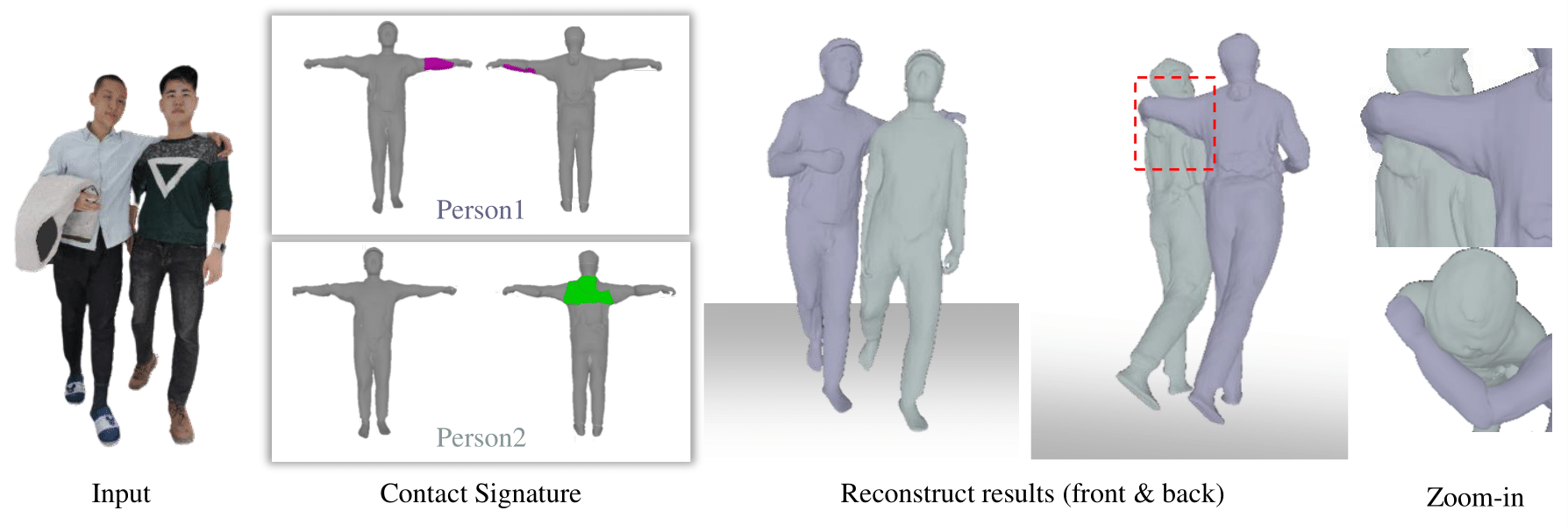
- Dynamic Appearance Modeling of Clothed 3D Human Avatars using a Single Camera
Hansol Lee, Junuk Cha, Yunhoe Ku, Jae Shin Yoon*, Seungryul Baek.*.
in arXiv 2023.
Co-last authors*.
[PDF]
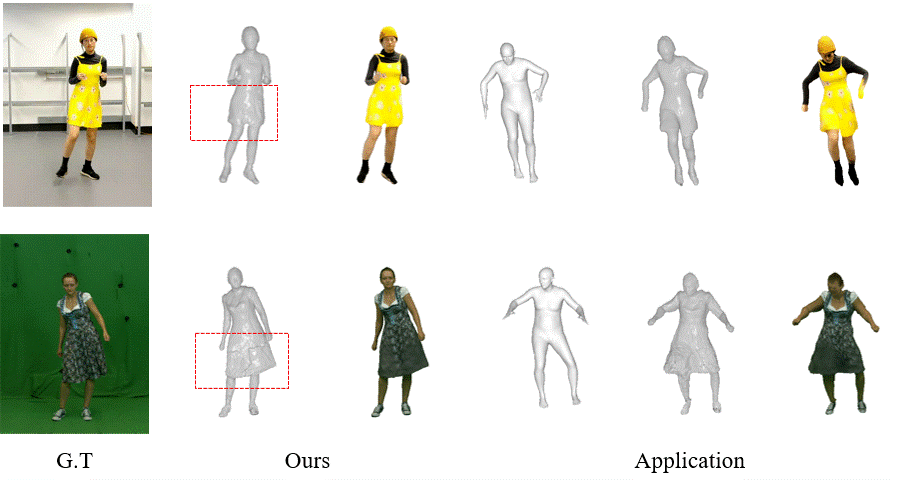
- HOReeNet: 3D-aware Hand-Object Grasping Reenactment
Changhwa Lee, Junuk Cha, Hansol Lee, Seongyeong Lee, Donguk Kim, Seungryul Baek.
in arXiv 2022.
[PDF]

- Multi-Person 3D Pose and Shape Estimation via Inverse Kinematics and Refinement
Junuk Cha, Muhammad Saqlain, GeonU Kim, Mingyu Shin, Seungryul Baek.
in Proc. of European Conference on Computer Vision (ECCV), Tel Aviv, Israel, 2022.
[PDF][Code]
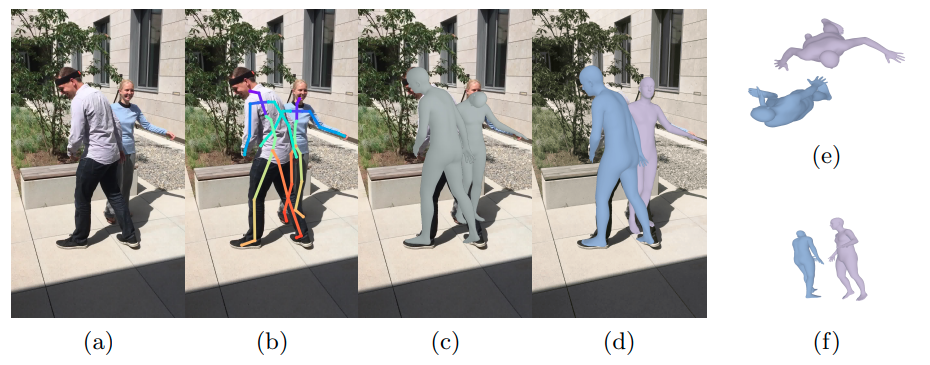
- Learning 3D Skeletal Representation From Transformer for Action Recognition
Junuk Cha, Muhammad Saqlain, Donguk Kim, Seungeun Lee, Seongyeong Lee, Seungryul Baek.
in IEEE Access 2022 (IF: 3.367).
[PDF]
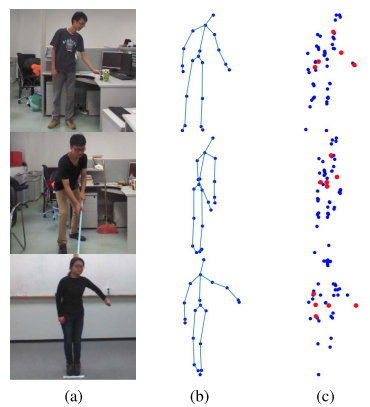
- 3DMesh-GAR: 3D human body mesh-based method for group activity recognition
Muhammad Saqlain, Donguk Kim, Junuk Cha, Changhwa Lee, Seongyeong Lee, Seungryul Baek.
in Sensors 2022 (IF:3.576).
[PDF]

- Towards Single 2D Image-level Self-supervision for 3D Human Pose and Shape Estimation
Junuk Cha, Muhammad Saqlain, Changhwa Lee, Seongyeong Lee, Seungeun Lee, Donguk Kim, Won-Hee Park, Seungryul Baek.
in Journal of Applied Sciences 2021 (IF:2.679).
[PDF][Code]
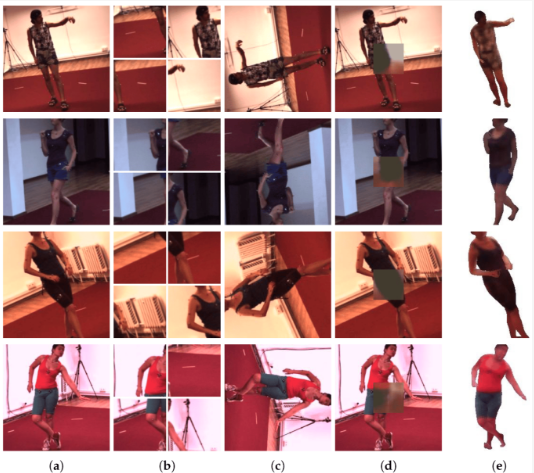
Awards
-
The 8th Workshop on Observing and Understanding Hands in conjunction with ECCV 2024, 1st place in HANDS workshop challenge
[Certificate] -
The 7th Workshop on Observing and Understanding Hands in conjunction with ICCV 2023, 3rd place in HANDS workshop challenge
[Certificate]
Academic Activities
- Program Committee (Reviewer) at CVPR 2025.
- Program Committee (Reviewer) at ICLR 2025.
- Program Committee (Reviewer) at AAAI 2025.
- Program Committee (Reviewer) at NIPS 2024.
- Program Committee (Reviewer) at BMVC 2024.
- Program Committee (Reviewer) at AAAI 2024.
- Program Committee (Emergency-Reviewer) at BMVC 2023.
- Program Committee (Reviewer) at AAAI 2023.
Patents
- Dangerous Region Approaching Worker Detection and Stopping Machine Device Based on Thermal Images, 2023. Applicant : UNIST and Hyundai
Projects
- Development of vision recognition module for ARTG control, Ministry of Oceans and Fisheries, Jun. 2023 ~ Dec. 2023
- Detecting object and predicting multi agent’s future trajectory with velocity
- Development of an optimized human detection system algorithm for production factory environments, Hyundai, Jun. 2022 ~ Dec. 2023
- Detecting human segmentation masks and bounding boxes
- Improving performance for corner cases such as occluded people
Teaching Assistant & Mentoring
- Mentoring
- 2nd Ulju AI 4.0 Studio at UNIST, Ulsan, South Korea, Mar. 2022 ~ Nov. 2022.
- TA
- Navy AI professionals training process TA, Jinhae, South Korea, 12 Sep. 2023.
- 5th AI Novatus Academia PBL (Computer Vision part) at UNIST AI Innovation Park, Ulsan, South Korea, Mar. 2023 ~ Jun.2023.
- 1st Gyungnam AI Novatus Academia (Computer Vision part) at UNIST AI Innovation Park, Masan, South Korea, 15 Apr. 2022.
- 3rd AI Novatus Academia (Computer Vision part) at UNIST AI Innovation Park, Ulsan, South Korea, 25 Feb. 2022.
- Lecture TA
- 2023 Fall AI51601 Computer Vision.
- 2021 Fall ITP11701 Introduction to AI Programming 2.